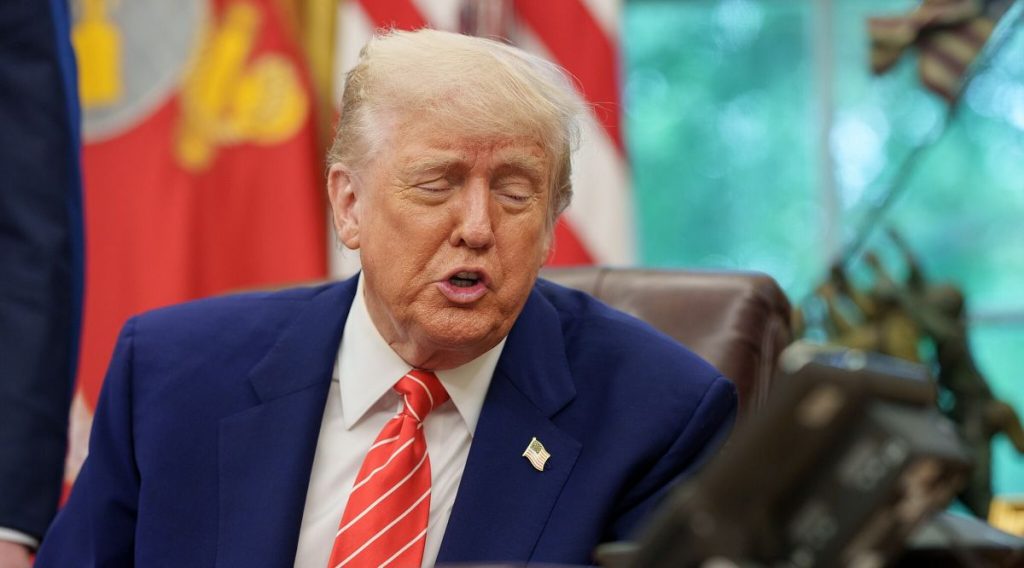It’s time to make a decision.
Others are reading now
President Donald Trump has announced plans to reimpose tariffs on U.S. trading partners, citing sluggish progress in trade negotiations. Speaking at a business roundtable in Abu Dhabi on Friday, Trump said countries seeking trade deals with the U.S. will have a few more weeks to reach agreements before his administration unilaterally sets new tariff rates.
“We’ll be very fair,” Trump said, “but at a certain point, Scott and Howard will be sending letters out telling people what they’ll be paying to do business in the United States.” The reference was to Treasury Secretary Scott Bessent and Commerce Secretary Howard Lutnick, who would oversee the rollout.
HaTrump had paused his broad “reciprocal tariffs” initiative in early April, giving countries a 90-day window to negotiate new trade terms. But with more than 100 nations reportedly expressing interest, the administration is facing a logistical challenge in finalizing deals within the timeframe.
Without agreements, tariffs — potentially as high as 50% — could take effect, disproportionately affecting smaller nations with trade surpluses.
Also read
So far, Trump’s team has finalized new frameworks with the United Kingdom and China, and is in ongoing talks with a dozen others, including India, Japan, and South Korea. Yet the ambitious scale of Trump’s tariff-driven strategy has raised skepticism, as major trade deals typically require months or years to negotiate.
Despite claiming to have secured “200 deals,” Trump has yet to present many of them publicly. The limited number of confirmed agreements highlights the practical hurdles of using tariff threats as a fast-track tactic, and in the interim, American consumers may bear the cost through higher prices on imported goods.


